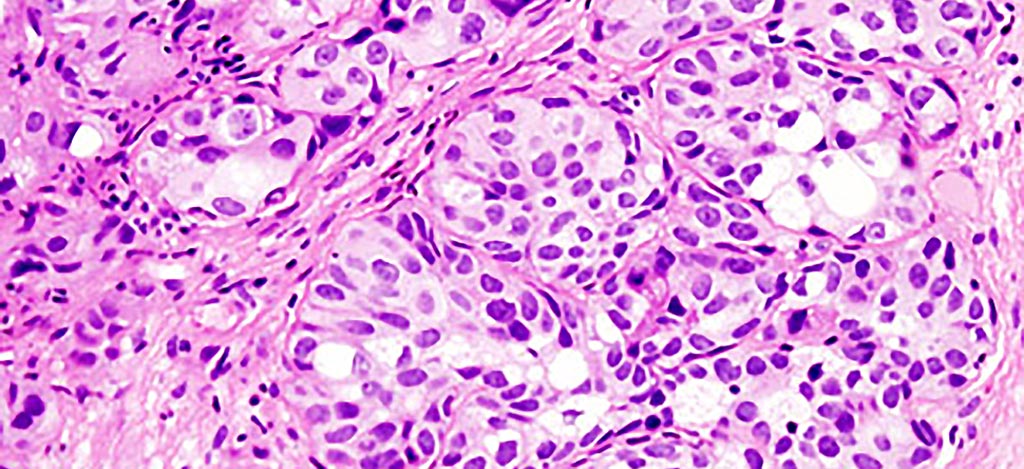Metabolomic Profiling Identifies ALL Patients at Risk for MRD and Cancer Relapse
By LabMedica International staff writers
Posted on 07 Nov 2019
Metabolomic profiling of bone marrow from patients suffering from acute lymphoblastomic leukemia was used to identify those who were at high risk of developing minimal residual disease and cancer relapse.Posted on 07 Nov 2019
Acute lymphoblastic leukemia (ALL) is a cancer of the lymphoid line of blood cells characterized by the development of large numbers of immature lymphocytes. Symptoms may include feeling tired, pale skin color, fever, easy bleeding or bruising, enlarged lymph nodes, or bone pain. As an acute leukemia, ALL progresses rapidly and is typically fatal within weeks or months if left untreated.

Image: A micrograph of ALL cancer cells (Photo courtesy of Baylor College of Medicine).
Minimal residual disease (MRD) is the name given to small numbers of leukemic cells (cancer cells from the bone marrow) that remain in the patient during treatment, or after treatment when the patient is in remission (no symptoms or signs of disease). It is the major cause of relapse in cancer and leukemia.
MRD has been identified as being the strongest predictor of relapse in pediatric ALL, but an understanding of the biological pathways underlying early treatment response has not been established. In this regard, investigators at Baylor College of Medicine (Houston, TX, USA) hypothesized that metabolomic profiling of diagnostic bone marrow plasma could provide insights into the underlying biology of early treatment response and inform treatment strategies for high-risk patients.
To test this theory, the investigators analyzed preserved bone marrow samples that had been taken from 155 patients at the time of diagnosis. At the end of their first block of chemotherapy, those patients were evaluated for MRD, a measurement considered the most powerful predictor of relapse.
Results revealed that metabolite set enrichment analysis had identified altered central carbon and amino acid metabolism in MRD-positive patients at a 5% false discovery rate. These findings suggested that metabolomic screening had added value for identifying high risk ALL patients and assigning targeted therapies.
"This research is a demonstration of the power of multidisciplinary collaborations. By bringing together individuals with expertise in epidemiology, pediatric oncology, and leukemia biology, we have made an important step towards identifying a biomarker of treatment response for children diagnosed with ALL, as well as a potential therapeutic target," said senior author Dr. Philip J. Lupo, associate professor of pediatric hematology and oncology at Baylor College of Medicine.
The metabolomic analysis of bone marrow from ALL patients was described in the October 17, 2019, online edition of the journal EbioMedicine.
Related Links:
Baylor College of Medicine














